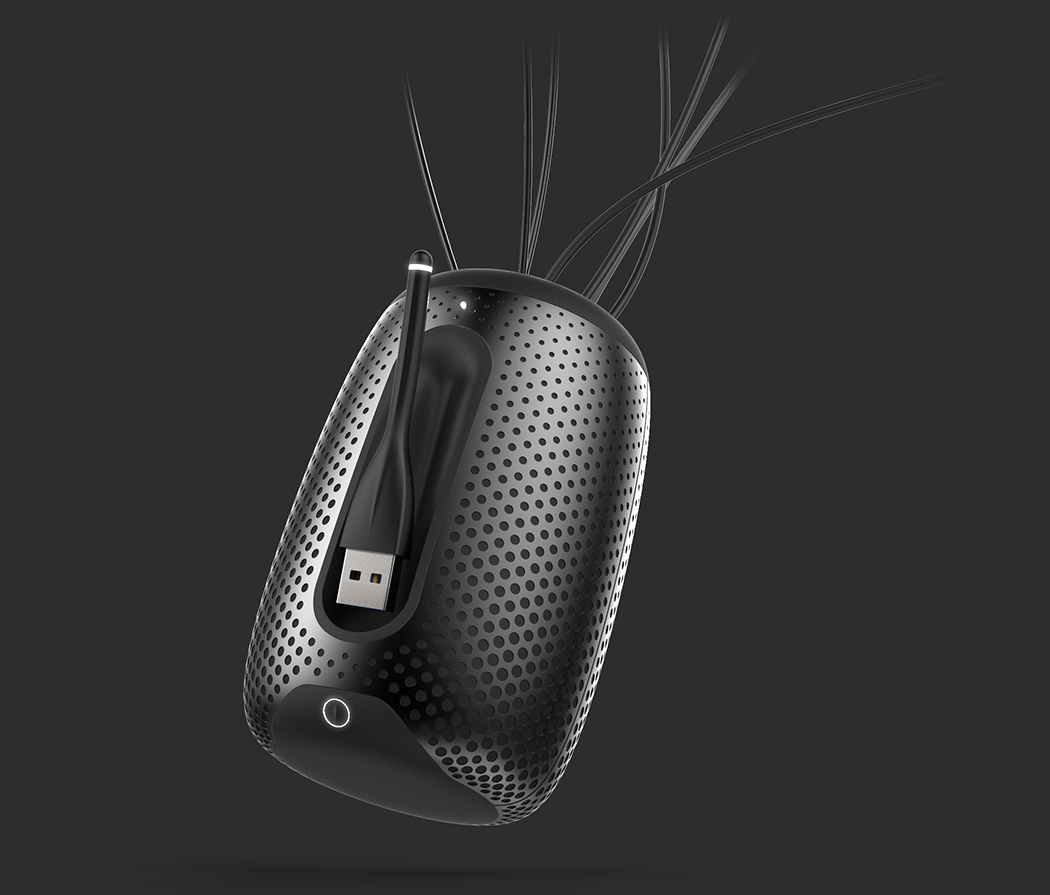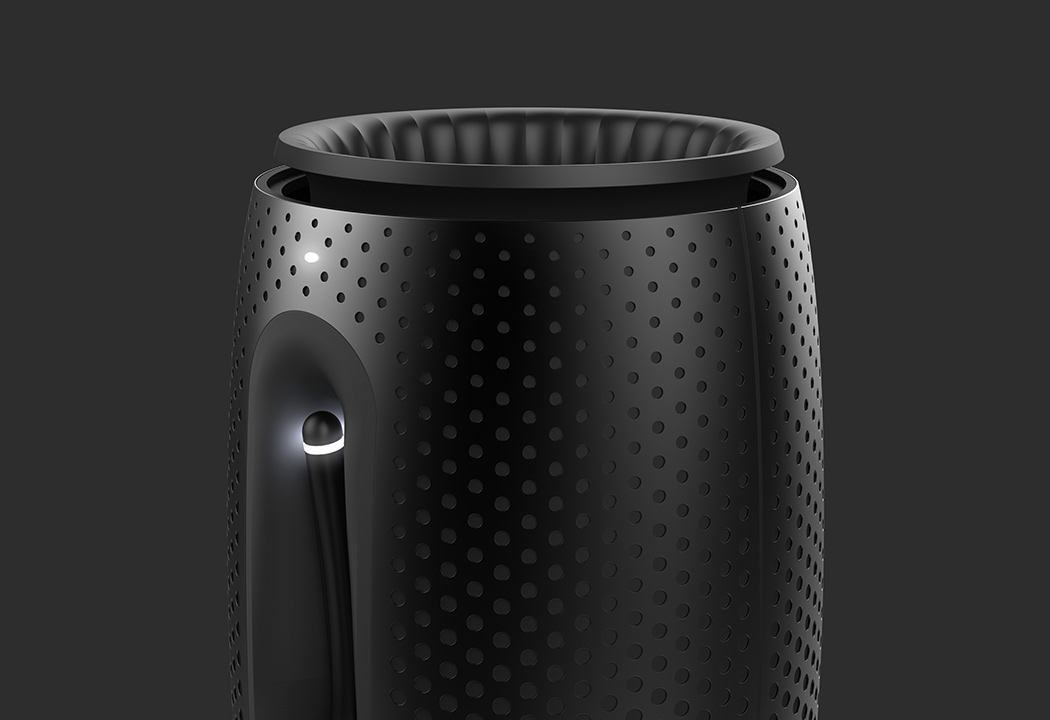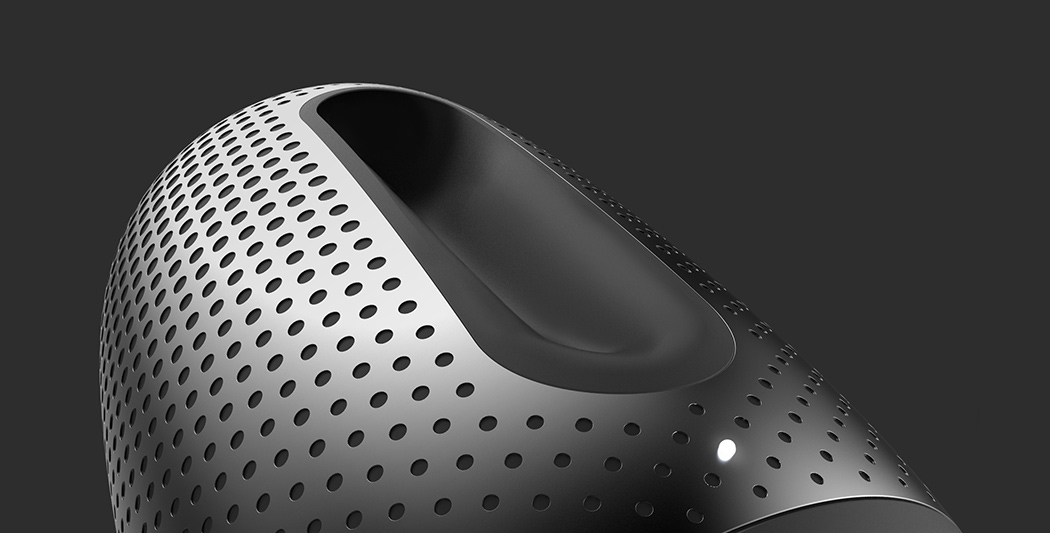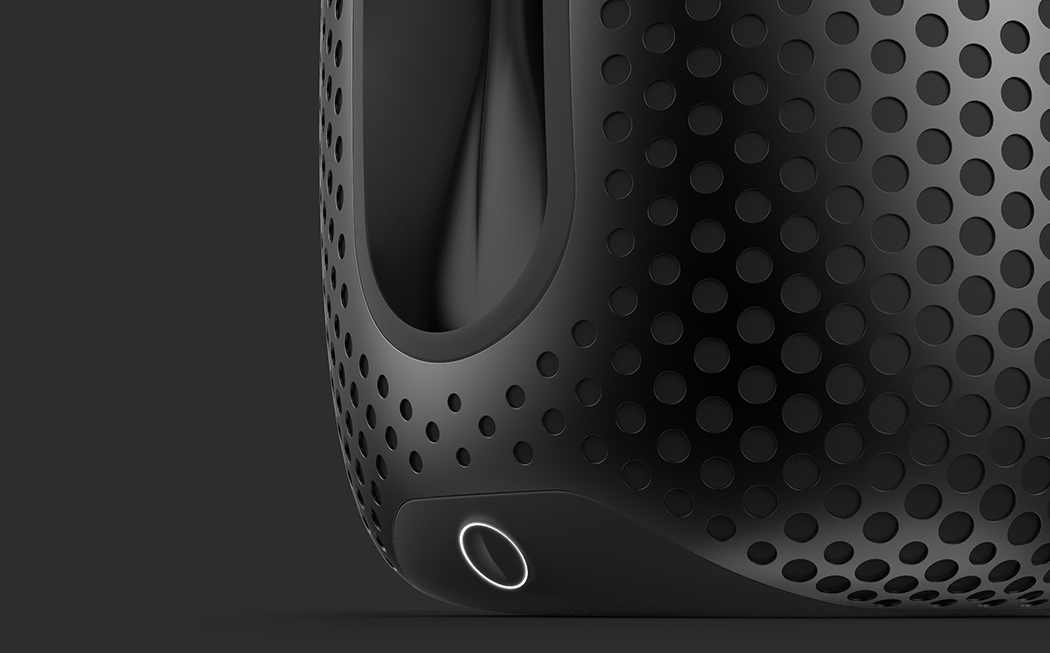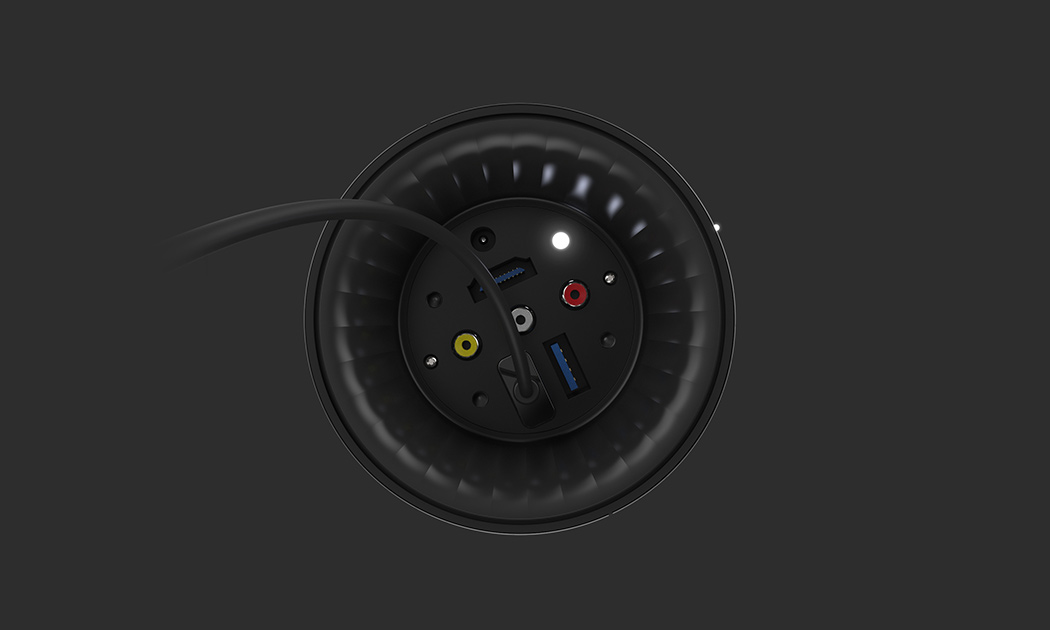Broadband in the boonies has long been an unreasonable ask. As slack-jawed farmers are fond of telling lost tourists "Ya can't get there from here," broadband-starved country bumpkins have heard from cable companies, "We don't offer service in that location." Options have been few, like paying said cable company thousands to run some copper a few miles down the road, or making a second mortgage payment for a dedicated T3 line.
Over the years satellite internet has been offered as an alternative for broadband in places where bears do their business, but
as we've seen it's never really worked. Bandwidth has been low, latency high and pricing on the tall side of average have made services like WildBlue and HughesNet untenable to all but the most dedicated wilderness lovers.
Now a new player approaches, and the offerings certainly sound compelling. It's called
Exede from ViaSat and it promises speeds of up to 12Mbps down and 3Mbps up -- comparable to your average household "broadband" connection. However, with monthly fees ranging from $50 to $130 depending on how much data you need, this has the potential to be considerably more costly. Worth it? Put on your best pair of overalls then click on through to find out.
Continue reading ViaSat Exede review
ViaSat Exede review originally appeared on Engadget on Tue, 03 Apr 2012 14:00:00 EDT. Please see our terms for use of feeds.
Permalink | |
Email this |
Comments
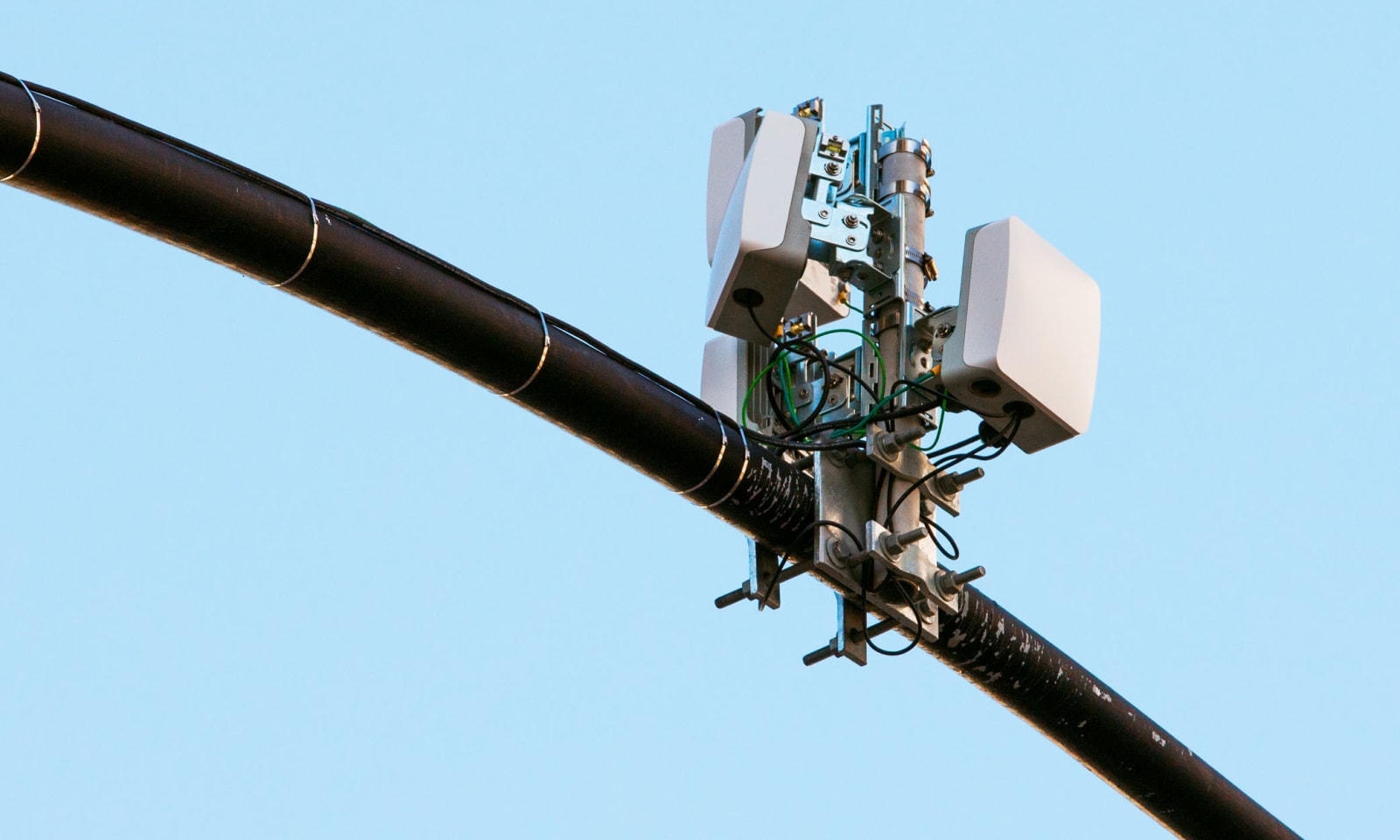 Facebook's open-source Terragraph WiFi technology will power 5G home broadband in Alameda, California. Unveiled in 2016, the 60GHz millimeter-wave wireless tech is designed to bypass cost-prohibitive fiber-optic lines by blasting the internet through...
Facebook's open-source Terragraph WiFi technology will power 5G home broadband in Alameda, California. Unveiled in 2016, the 60GHz millimeter-wave wireless tech is designed to bypass cost-prohibitive fiber-optic lines by blasting the internet through...
 Facebook's open-source Terragraph WiFi technology will power 5G home broadband in Alameda, California. Unveiled in 2016, the 60GHz millimeter-wave wireless tech is designed to bypass cost-prohibitive fiber-optic lines by blasting the internet through...
Facebook's open-source Terragraph WiFi technology will power 5G home broadband in Alameda, California. Unveiled in 2016, the 60GHz millimeter-wave wireless tech is designed to bypass cost-prohibitive fiber-optic lines by blasting the internet through...






